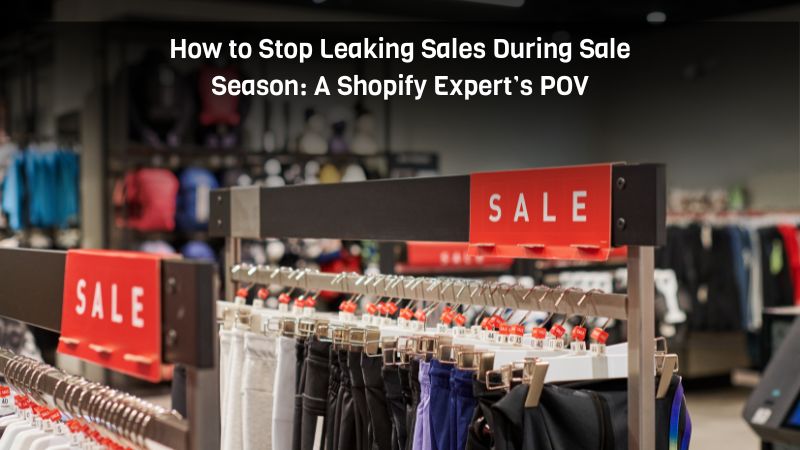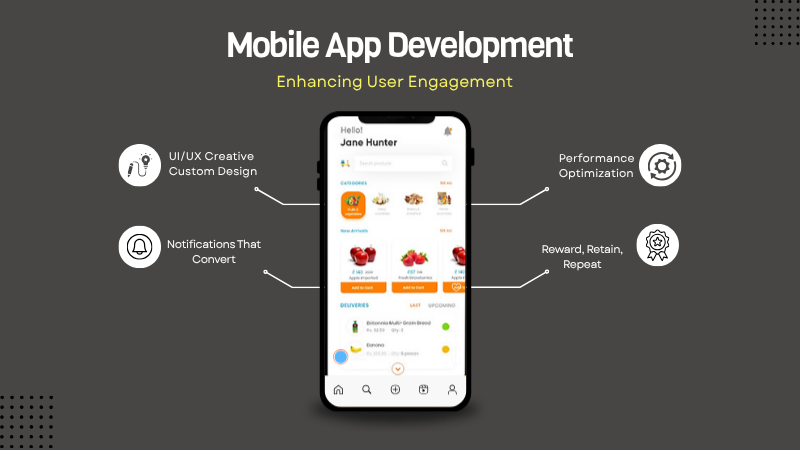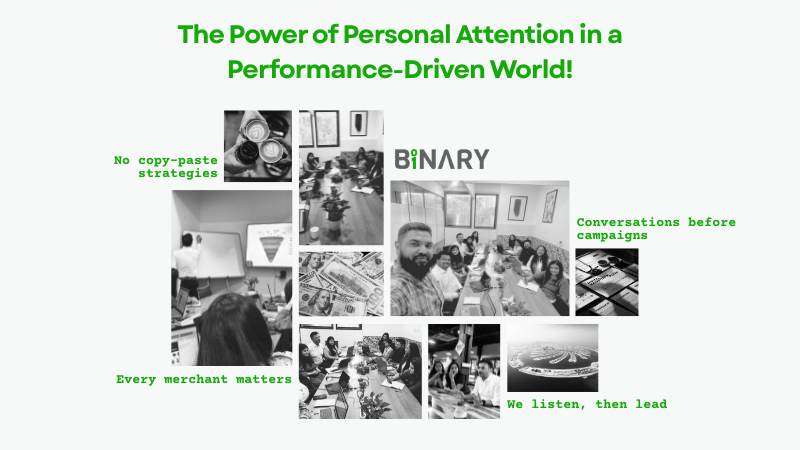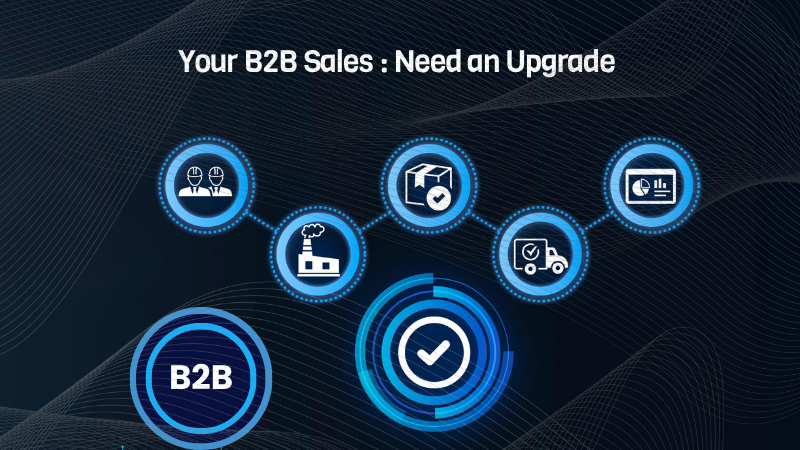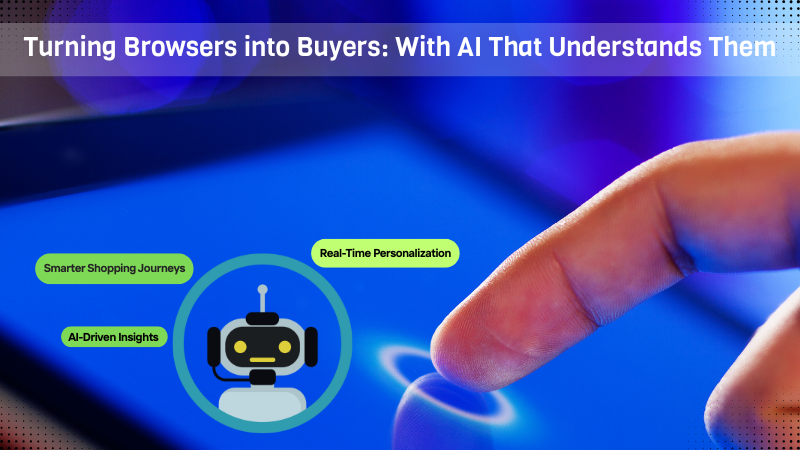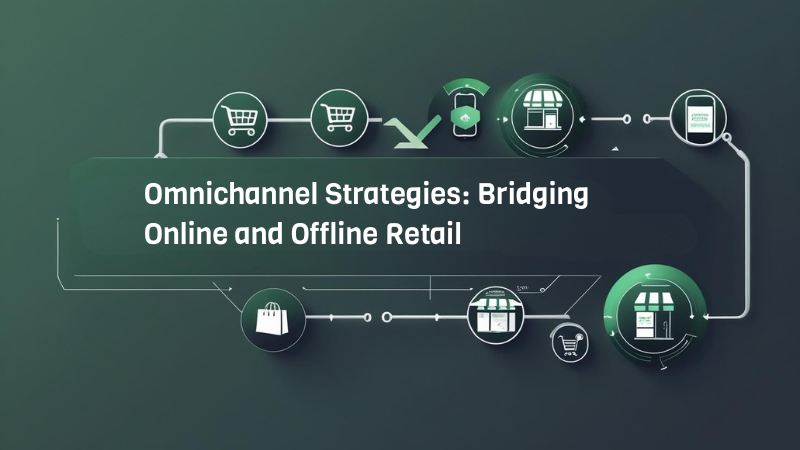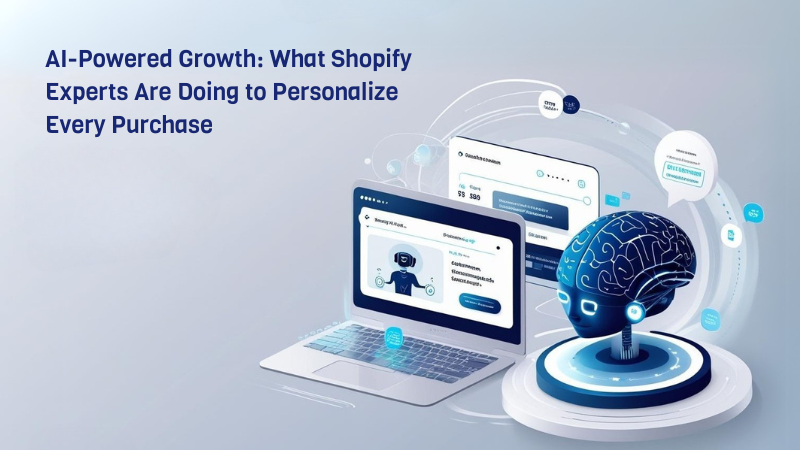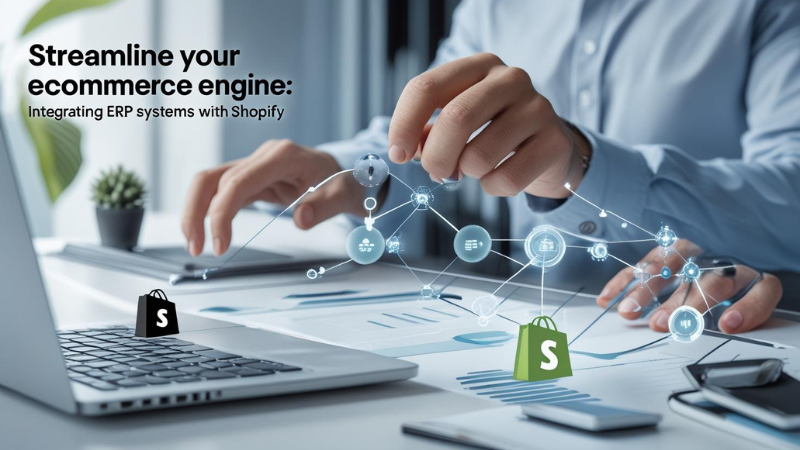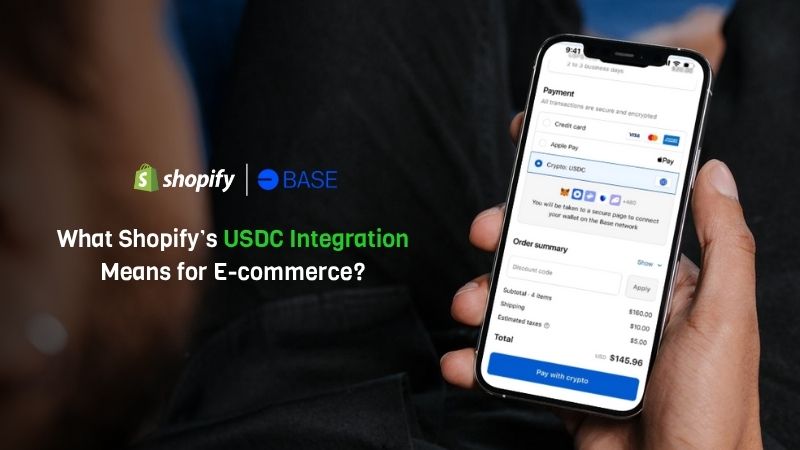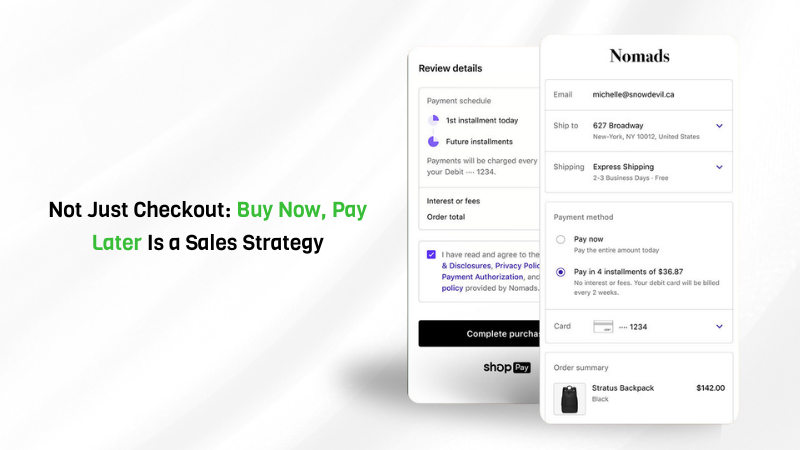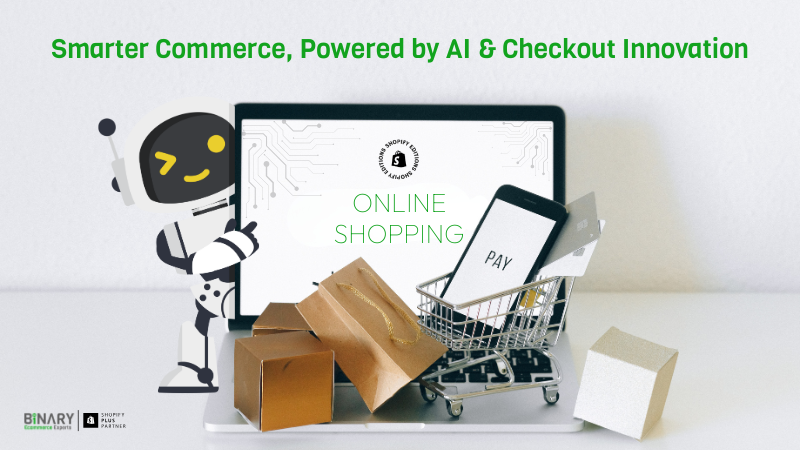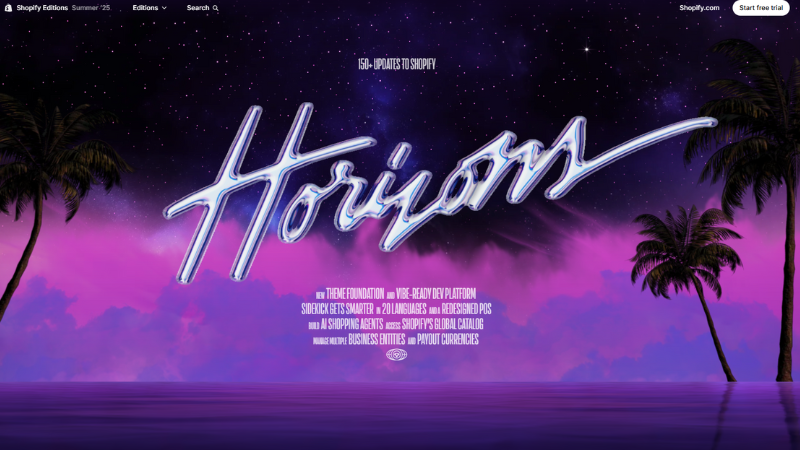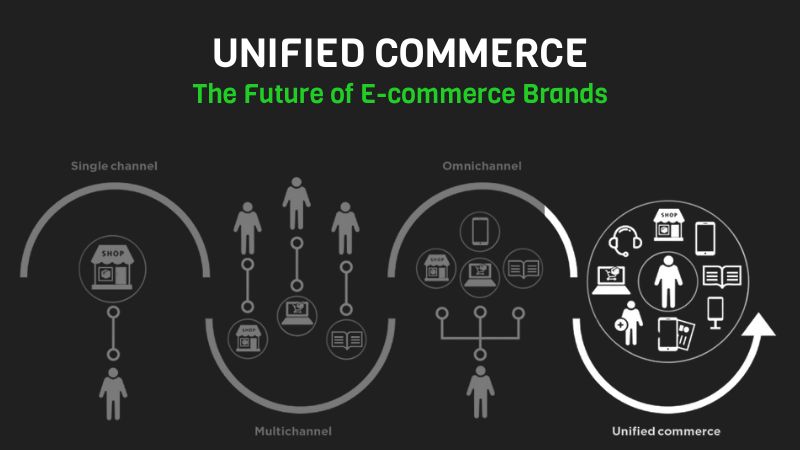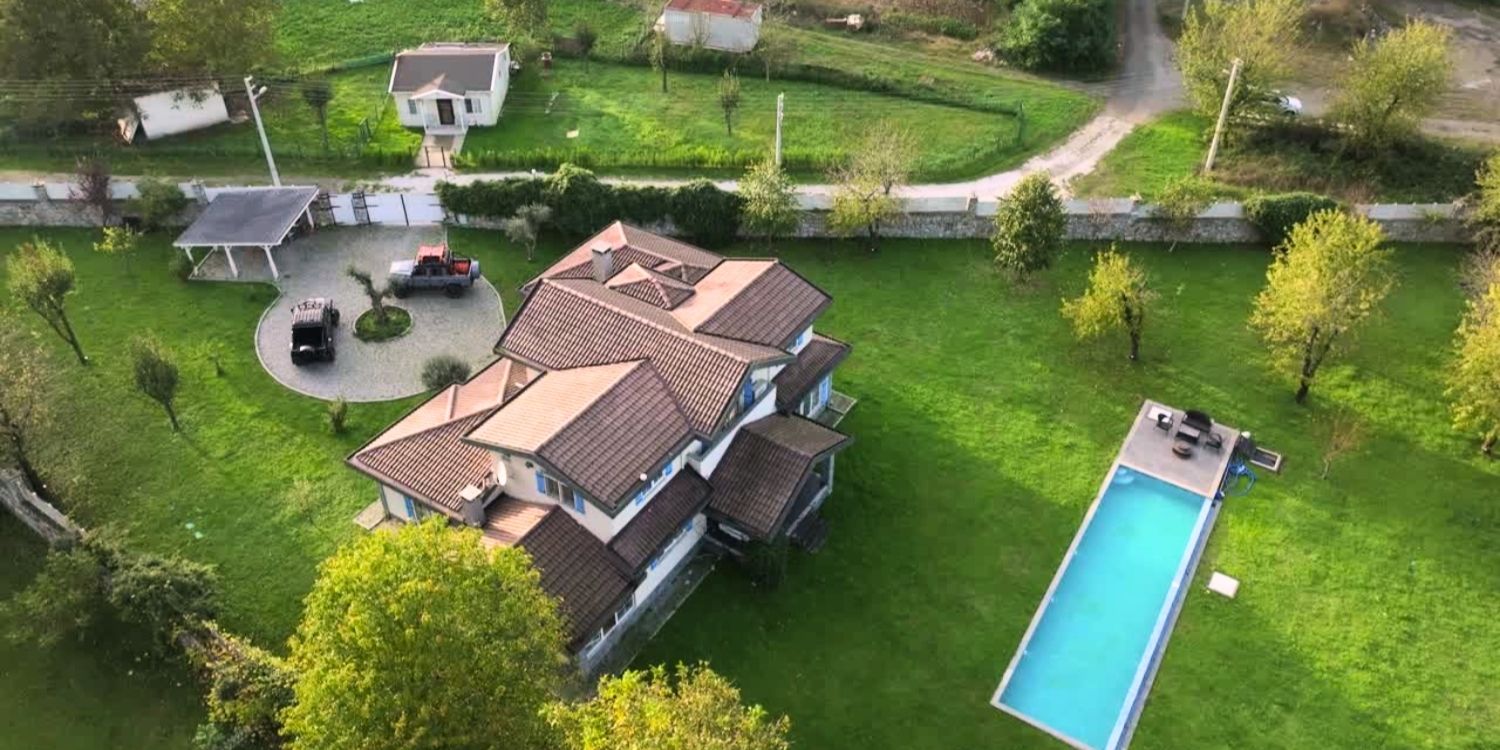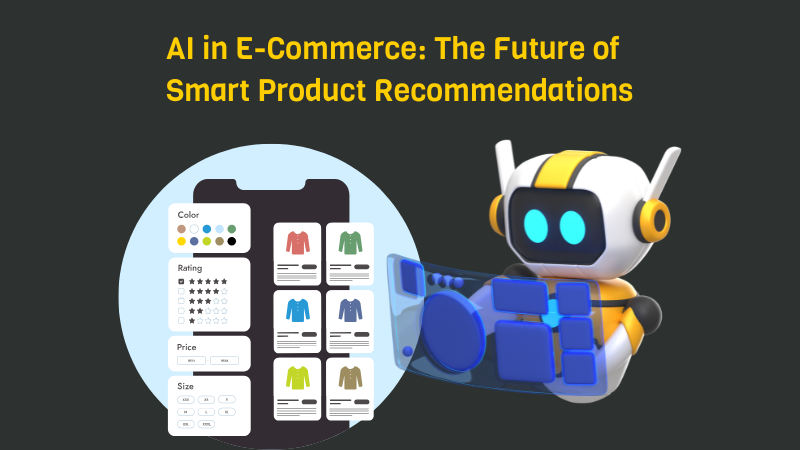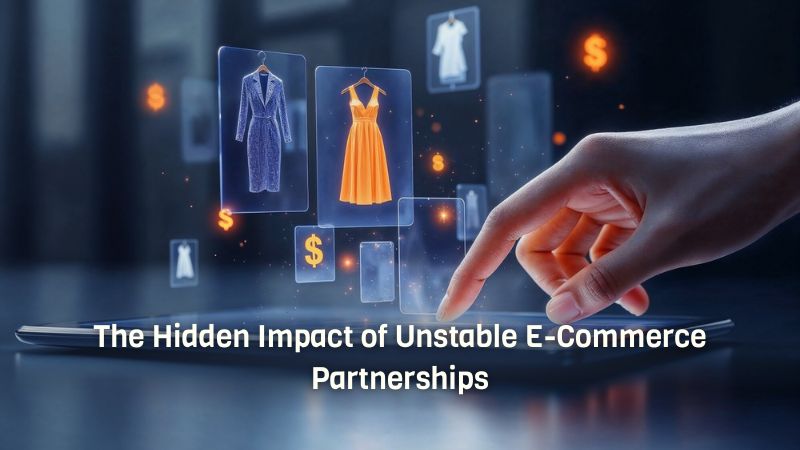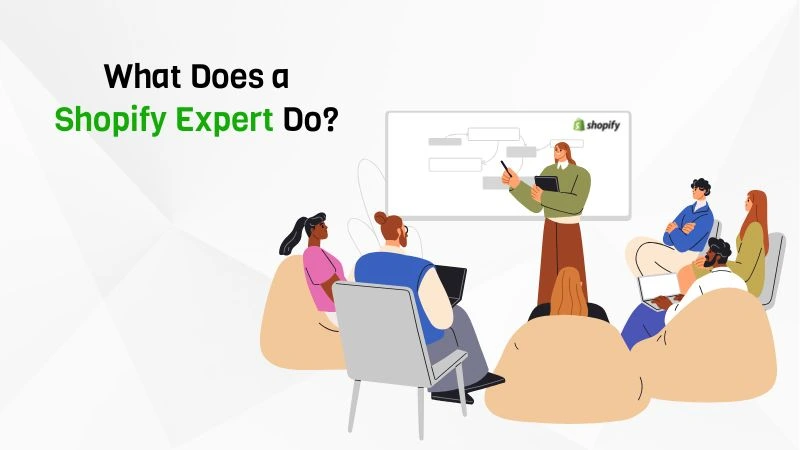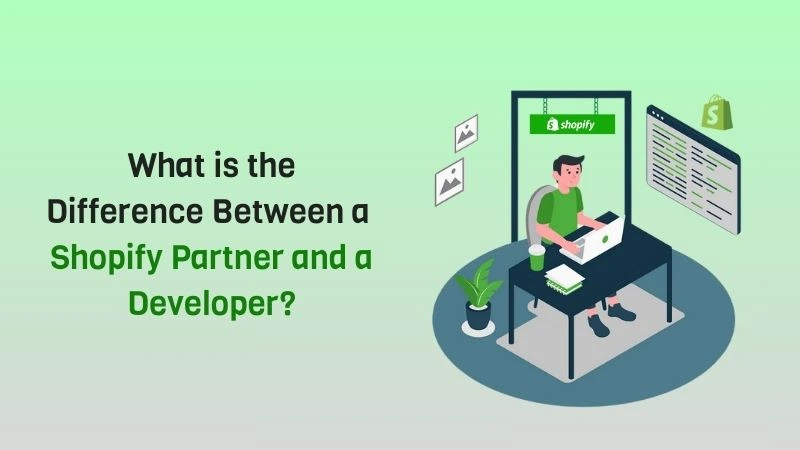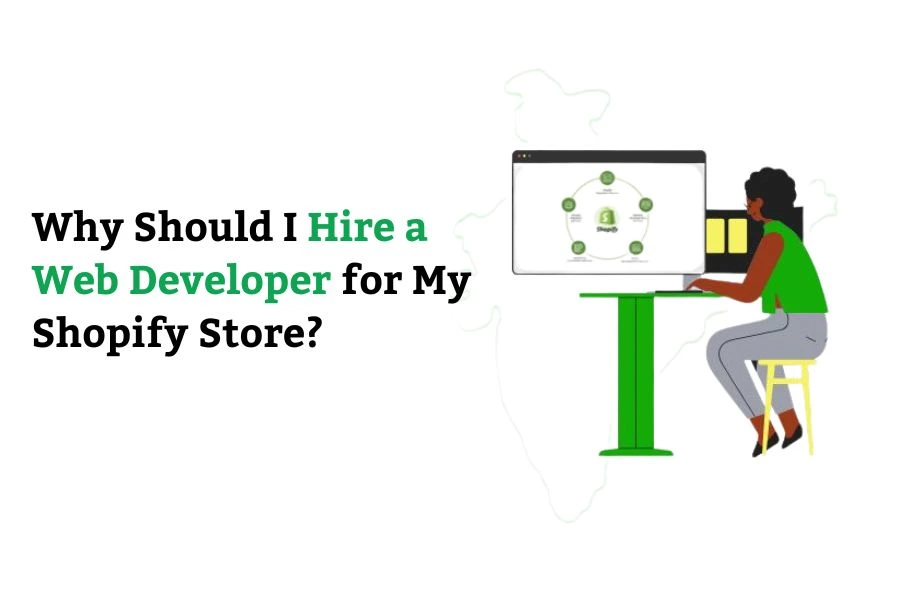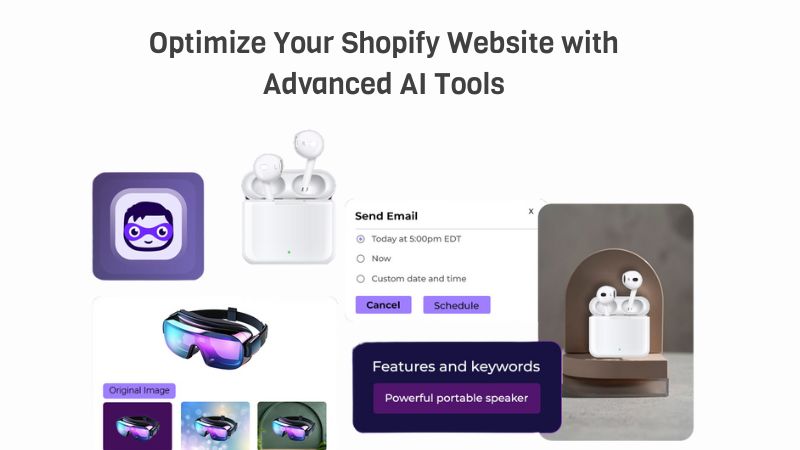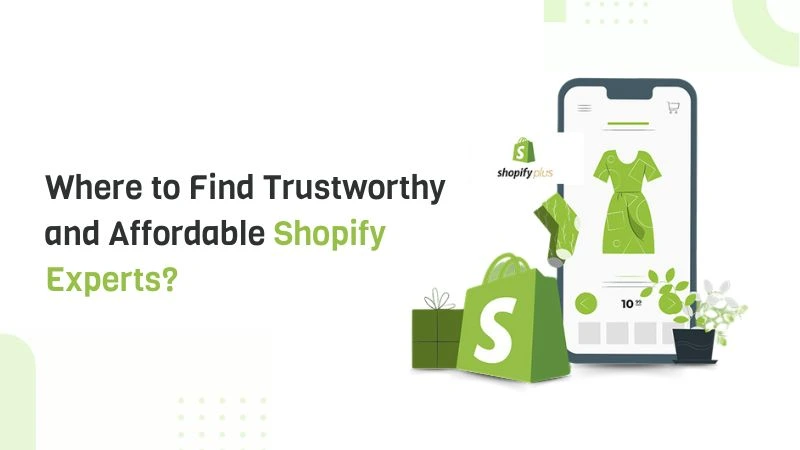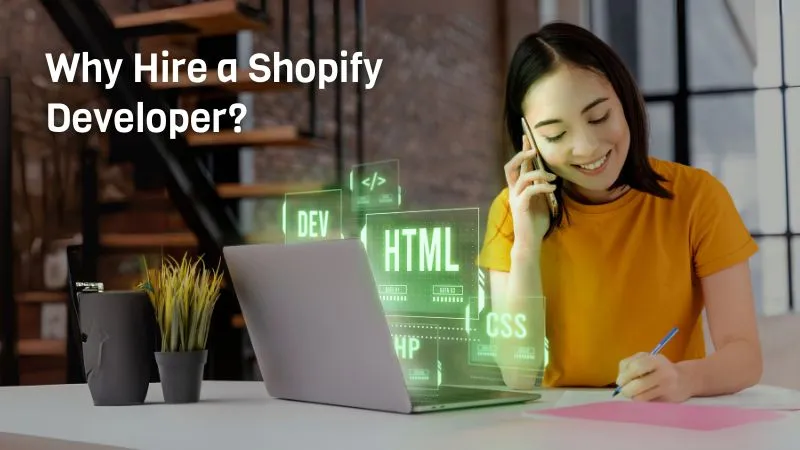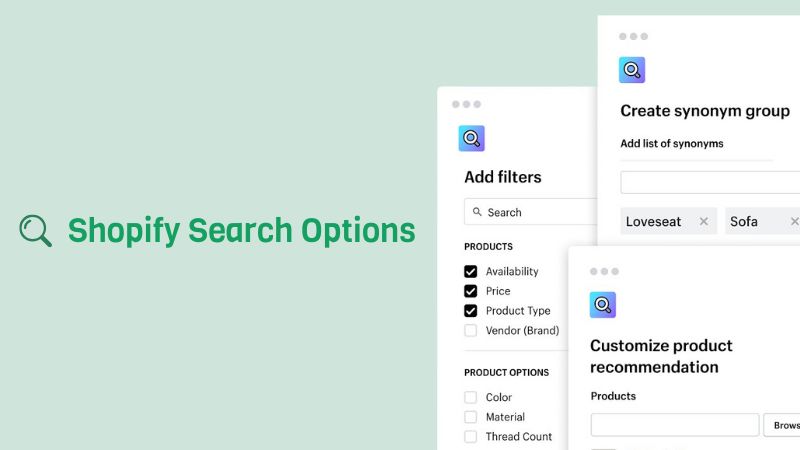The excitement around a sales campaign is unmatched.
From fresh creatives to flash offers and high-energy promotions — it’s one of the busiest times for any D2C brand. But amidst the energy, there’s one area that often gets less attention than it deserves:
Your store’s readiness to convert.
That’s right — while performance campaigns and influencer drops bring in the traffic, what happens after someone lands on your site is what defines success.
Why Store Readiness Matters More Than Ever?
Let’s say your sales campaign drives 100,000 visitors. That’s incredible. But if your conversion rate is just 1%, that’s only 1,000 sales. Now imagine improving your conversion rate to 2% — that’s double the results with the same spend.
This is the magic of a conversion-first sale strategy.
And the best part? You don’t need to rebuild your store — just optimise the experience.
Small Improvements, Big Difference
Here are a few Shopify-smart updates that can significantly impact your results:
- Speed First, Always
Sale season means high footfall — and customers are in a hurry. A 2-second delay in load time can increase bounce rates by up to 90%.
Optimise your images, compress code, and ensure your mobile site loads instantly.
- Make Checkout Effortless
Add wallet payments like GPay, PhonePe, or Apple Pay. Remove distractions on the checkout page.
The goal: reduce clicks between “Add to Cart” and “Order Placed.”
- Build Urgency the Right Way
Countdown timers, low stock labels, and clear delivery timelines can gently nudge customers to act faster — without feeling pushy.
- Keep Your Messaging Crystal Clear
Consistency in your offer across banners, product pages, and cart is key. Avoid confusion, and highlight savings in real-time.
- Don’t Let Carts Go Cold
Enable email, SMS, and WhatsApp flows for abandoned carts. A simple reminder with the right timing can bring the customer back and complete the sale.
What High-Converting Brands Have in Common?
Successful brands aren’t just running ads. They’re engineering every touchpoint — from landing pages to final checkout — to feel smooth, reliable, and fast.
They focus on:
- Reducing friction
- Building trust
- Simplifying the decision-making process
It’s not about flashy gimmicks — it’s about being clear, fast, and customer-first.
At Binary, We Help Brands Build Conversion-Ready Sale Experiences
Binary don’t just launch campaigns, we prepare your entire Shopify ecosystem to scale confidently during high-volume days. From checkout optimization to performance syncing, we make sure your store is ready to perform under pressure — beautifully.
Whether you’re a fast-scaling D2C brand or a legacy business entering the online space, we help you align:
- Tech
- Strategy
- Execution
All in one streamlined process.
Ready to Elevate Your Next Sale Campaign?
If you’re prepping for a seasonal push or just want your Shopify store to convert better — we’d love to support you.


